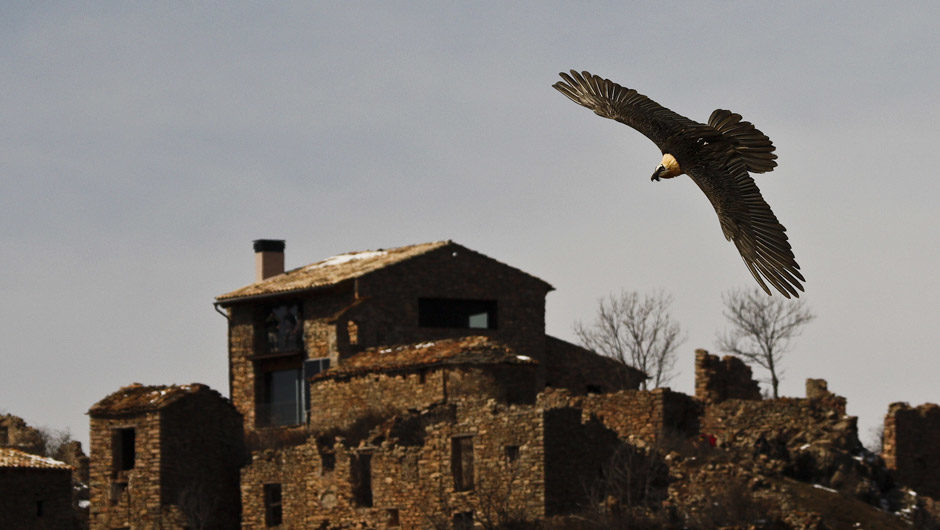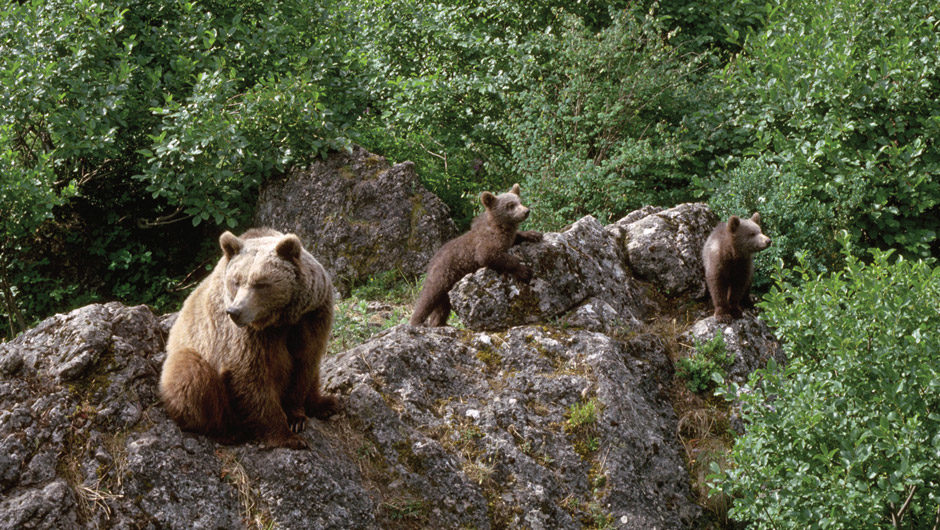The area of the Pallars is the border that marks the beginning of the highest peaks of the Pyrenees, (3000m). A place where only the species that survive the most adverse conditions, in the heights: alpine meadows, a world of rocks and eternal snows live. A little further south, we find the pre-Pyrenees, with less altitude, is a drier and sunny region, in Catalonia, where a privileged climate remembers its Mediterranean influence.
The Cantabrian Mountains, in the north of Spain, stretches over Castilla y Leon, Cantabria and Asturias regions. After passing through a difficult situation at the end of the 90’s, the Cantabrian bear population is slowly getting better, thanks to the work and willing of a few men and particularly to the FOP team (Brown Bear Foundation).
“The brown bear’s genetics study in the corridor between the populations and in the western Cantabrian subpopulation”, completed in 2014, highlights that the two kernels separated from each other for more than a century (western massif and eastern massif) are again in contact and protected from the genetic drift they were suffering.
A recent estimate indicates that the Cantabrian bear population counts up to 230 animals, scattered over a surface area of 4900 km2. So, as the following video shows, it is now possible to watch them. This video has kindly been lent by our colleagues from FOP.
For more information :


